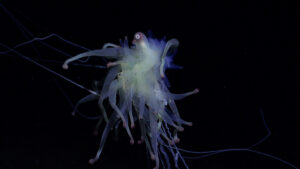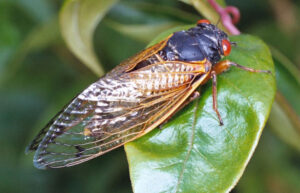Northwest of Osoyoos, British Columbia lies the Spotted Lake, an oddity that will send trypophobes running for the hills. Yet First Nations people have long used it as nature’s apothecary. It supposedly cures various skin ailments. During World War I, it was also vital in the production of ammunition. Today, it is a natural wonder that resembles the surface of another planet.
Spotted Lake, or Lake Kliluk, is a rare saline alkali lake full of colored mineral pools. It is 0.7km long and 0.25km wide and resides in a desert climate surrounded by rocky hills and no outflow. Only rain, groundwater, and runoff feed it.
The runoff collects minerals from the soil, which accumulate in the lake. The spots only occur in summer. Intense evaporation leaves behind colorful pools with high concentrations of magnesium, calcium, and sodium sulfates, as well as silver and titanium. Some minerals form crusty salt walkways.
The lake’s colors span purple, yellow, brown, green, and blue. It supposedly has the highest concentrations of minerals on the planet. There are approximately 365 individual pools in the basin.

The lake’s varied hues. Photo: Shutterstock
A Martian analog
Little survives in these waters because of the high salt content, but small forms of life do exist. Algae feed on the salt within the pools, which is highly interesting to astrobiologists. A 2012 study from Brown University revealed that the lake’s mineral pools are similar to deposits in the Columbus Crater on Mars.
Another study called the Spotted Lake an analog of ancient Mars. In the past, Mars contained “ephemeral lakes, resulting in the widespread deposition of sulfate and chloride salts”. Spotted Lake also proves that hypersalinity is not a barrier to the growth and survival of microorganisms.
To the First Nations people, particularly the Okanagan Syilx people, each pool held the cure for a specific ailment. They used the waters, the evaporated salts, and the sulphuric black mud for both treatments and religious ceremonies. Only they know which ones contain which cures. The lake is now closed to the public and only accessible by the Syilx.
A private family owned it until 2001 when they sold it to the First Nations. So for most of us, its raw beauty is only visible from behind a fence, and the waters lie undisturbed by throngs of tourists.

Black mud and salt walkways. Photo: Shutterstock
If you wish to walk around it, you need special permission from the band. If granted, be sure to leave an offering out of respect and gratitude for such an incredible natural marvel.






